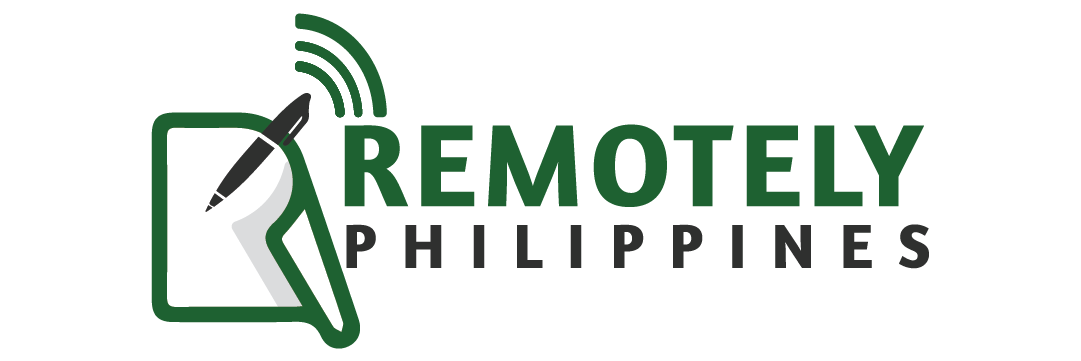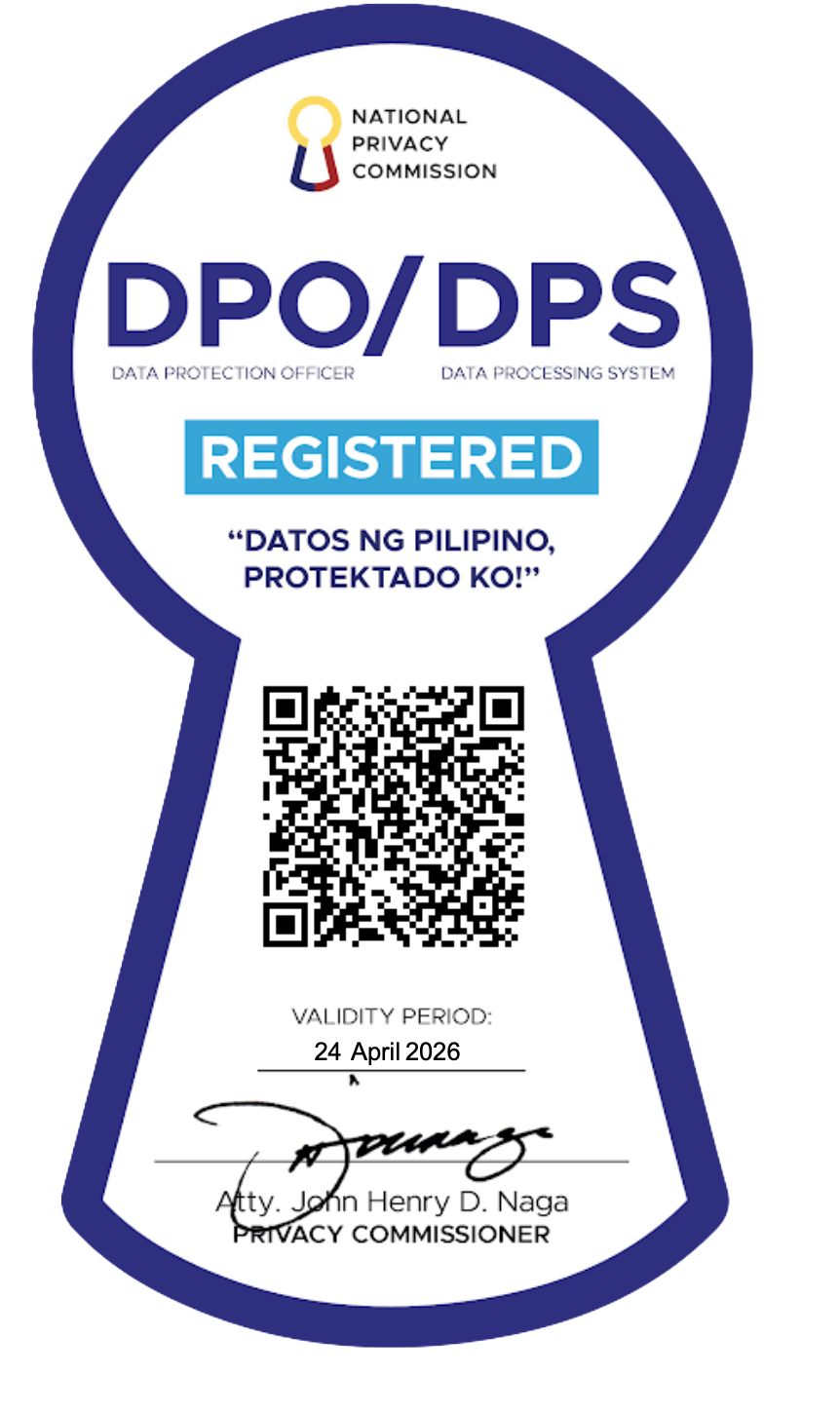Have you ever looked at your books, seen a profit, and still wondered why there isn’t enough money to pay your bills?
For many small and medium-sized enterprises (SMEs), that’s a familiar story. On paper, the numbers look good. But in reality, managing cash can be one of the toughest challenges to master. When it’s not managed well, it can quickly threaten operations, growth, and even survival.
In fact,
poor cash-flow management is one of the main reasons small businesses fail. Yet, when handled properly, it can become a powerful enabler of stability and smart growth.
This blog explores the importance of cash flow and offers practical, actionable strategies to help you stay ahead of your finances with confidence.
Key Takeaways
- Cash flow determines whether your business can operate smoothly day to day.
- Forecast regularly to anticipate shortfalls and prevent surprises.
- Speed up receivables, manage payables wisely, and keep expenses purposeful.
- Build a safety reserve to cushion against unforeseen challenges.
- Leverage technology to maintain visibility and control.
Why Does Cash Flow Matters
Cash flow represents your business’s ability to fund its daily operations. It’s not just about profitability; it’s about timing and liquidity. You might be making sales and recording revenue, but if the cash from those sales doesn’t come in soon enough, you’ll still face
short-term shortages.
Without sufficient cash flow, paying employees, restocking inventory, or investing in new opportunities becomes difficult. The pressure can be especially high for smaller businesses where margins are thinner and access to financing is more limited.
When managed effectively, however, cash flow becomes a strategic advantage. It allows you to make decisions confidently, seize growth opportunities, and maintain resilience even in slower months. Simply put, steady cash flow keeps your business breathing.
Building a Clear Picture of Your Cash Flow
The first step toward managing cash flow effectively is visibility. Many business owners wait until a problem arises before checking their cash position. A better approach is to forecast regularly and plan.
Start by reviewing your cash inflows and outflows for at least the past six months. Look closely at when money actually enters and leaves your accounts. Then, project the same for the next three months. Identify patterns: Are there certain weeks or months when expenses spike? Are clients taking too long to pay?
Key actions to build a clear picture:
- Review past inflows and outflows: Understand your cash patterns over the last six months.
- Forecast future cash flow: Create a simple 30-, 60-, or 90-day projection to anticipate timing issues.
- Spot potential gaps early: Identify periods where expenses might exceed income and plan solutions, like collecting receivables sooner or delaying non-essential purchases.
- Take proactive steps: Use insights from your forecast to negotiate better supplier terms or offer early payment discounts to customers.
Even a
simple forecast can provide clarity and help you make proactive decisions rather than reacting under pressure.
Speeding Up the Inflow
One of the easiest ways to improve cash flow is to get paid faster. Late payments can strangle a growing business, especially when you rely on that cash to cover operations.
Send invoices immediately after delivering goods or services. Make your payment terms clear and consistent, and consider offering small discounts for early payments. The goal is to shorten the time between completing work and receiving cash in hand.
Technology can help here. Automating your invoicing process, setting up payment reminders, and offering multiple payment options can all reduce friction. When clients can pay easily and are reminded automatically, you’ll see a noticeable improvement in turnaround time.
Regular follow-ups also matter. Many SMEs are hesitant to chase overdue invoices for fear of upsetting clients. But a friendly reminder is often all it takes to prompt action. Think of it as part of good communication, not confrontation.
Controlling the Outflow
While increasing cash inflow is important, keeping an eye on where your money goes is equally vital. Review your expenses regularly and identify which ones truly drive growth. Not all costs are bad, but unnecessary spending can quietly drain your resources.
Negotiate better payment terms with suppliers where possible. Many vendors are open to flexibility if you’ve built a good relationship with them. Longer payment windows can provide breathing room without compromising trust. Inventory management is another key area.
For product-based businesses, excess inventory ties up cash that could be used elsewhere. Aim for a leaner approach by stocking based on reliable demand forecasts rather than habit. Finally, track your fixed and variable costs. This isn’t just an accounting exercise — it’s a way to understand how efficiently your business operates.
When every dollar has a purpose, you gain more control over your cash position.
Creating a Financial Safety Net
Even the most accurate forecasts can’t predict every challenge. A late-paying client, an unexpected repair, or a sudden market shift can put pressure on your cash flow. That’s why building a
financial safety net is essential for any business.
Key steps to strengthen your financial safety net:
- Maintain a cash reserve: Cover at least three to six months of operating expenses to handle shocks.
- Secure access to credit: Lines of credit or pre-approved financing allow quick action when needed.
- Plan for emergencies: Identify risks specific to your business—such as equipment failure or seasonal revenue dips—and allocate funds accordingly.
- Review regularly: Periodically check that your reserves and credit options still match your business growth and risk profile.
A financial safety net turns uncertainty into stability. With these measures in place, your business can navigate challenges confidently and make strategic decisions without the constant stress of short-term cash shortages.
Using Technology to Stay in Control
Modern accounting and financial software can simplify cash-flow management significantly. Tools that track inflows and outflows in real time, automate payment reminders, and generate cash forecasts help you make informed decisions quickly.
Monitoring key indicators such as Days Sales Outstanding (how long it takes to collect payments) and Days Payable Outstanding (how long you take to pay suppliers) gives you valuable insight into your operational rhythm. The goal is balance — collect efficiently, pay strategically, and keep liquidity steady.
If you’re not yet using a digital system, start small. Even a cloud-based bookkeeping platform can improve visibility and save hours of manual tracking each week.
Turning Strategy into Action
Understanding cash flow is one thing; managing it consistently is another. Start with small, consistent steps.
After reading this blog, review your last three months of transactions and create a simple forecast.
Identify when your inflows and outflows typically occur. Within the month, revise your invoicing and payment processes to shorten turnaround times. Then, commit to a quarterly review of your cash flow to measure progress and adjust as needed.
Building cash discipline takes time, but each step moves you toward financial confidence. Over time, what once felt like a constant scramble becomes a predictable rhythm that supports growth.
Why It All Matters
Cash flow management isn’t just a finance task — it’s a leadership skill. It affects every part of your organization, from payroll to procurement to client relationships. When cash flow is stable, your team can focus on innovation instead of firefighting. You can make decisions from a place of strength rather than scarcity.
Most importantly, healthy cash flow gives your business freedom. It gives you the flexibility to invest, expand, and take calculated risks. It’s not just about staying afloat; it’s about steering confidently toward sustainable growth.
Final Thoughts
Strong cash flow is what turns ambition into action. It fuels your ability to grow, serve clients better, and keep your team secure. Managing it may seem tedious at first, but it’s one of the most valuable habits any business leader can build.
At Remotely Philippines, we help businesses like yours gain financial clarity through professional accounting, forecasting, and outsourced support. Together, we can transform your cash flow into a foundation for lasting growth.
Contact us today to learn more about how we can support your financial journey.











